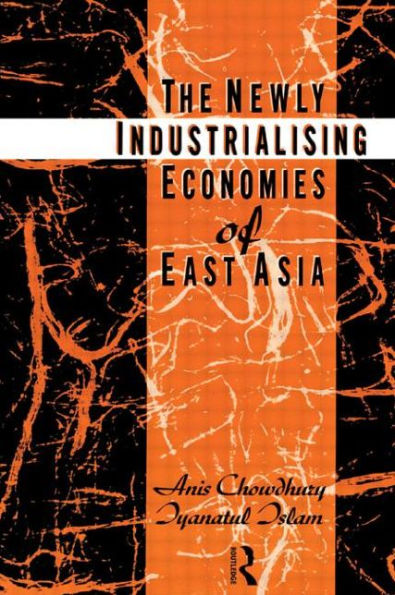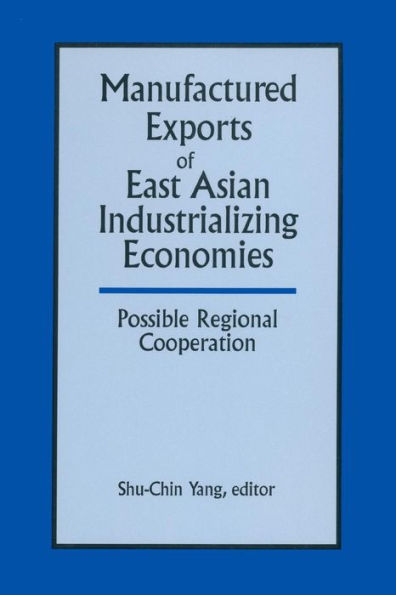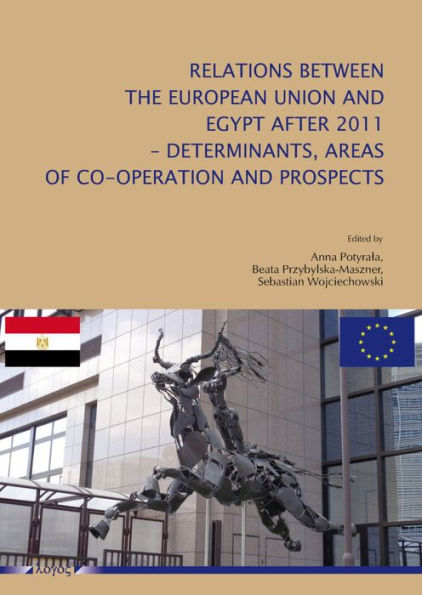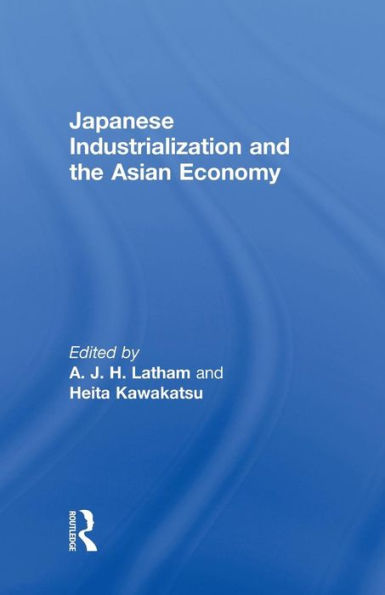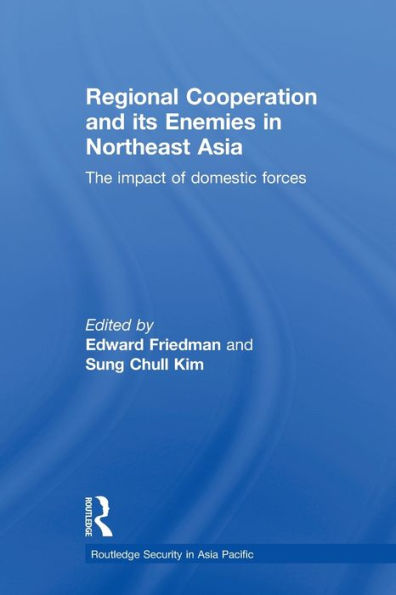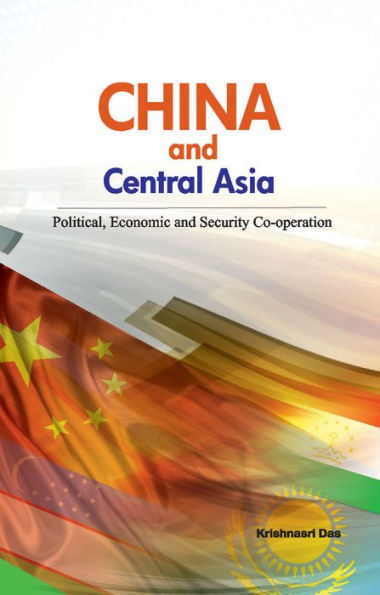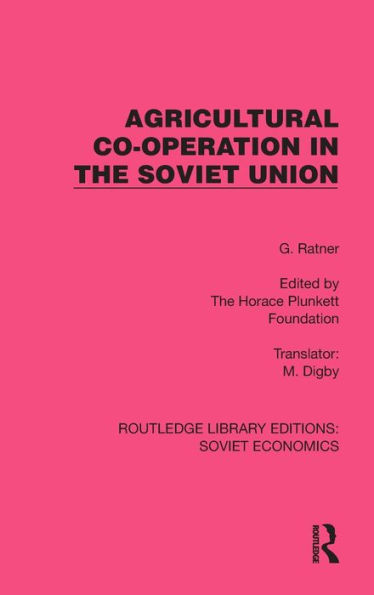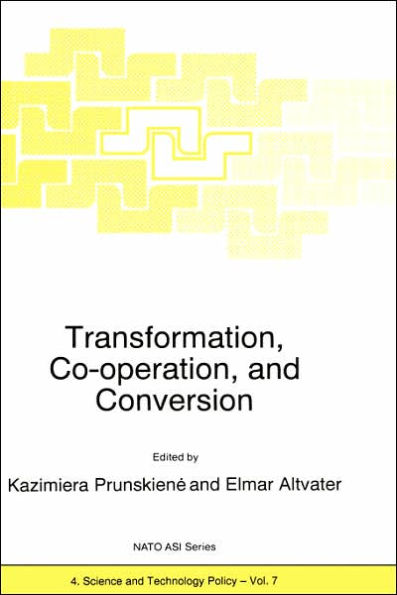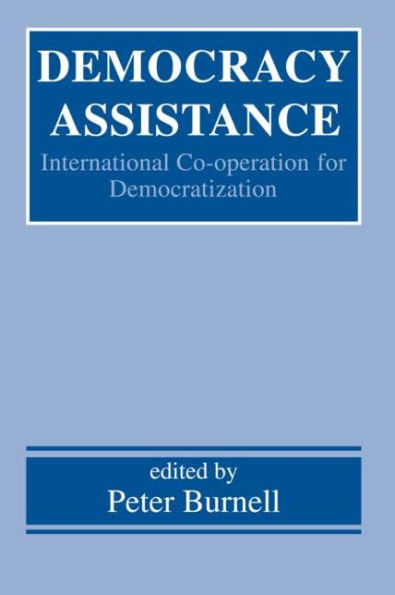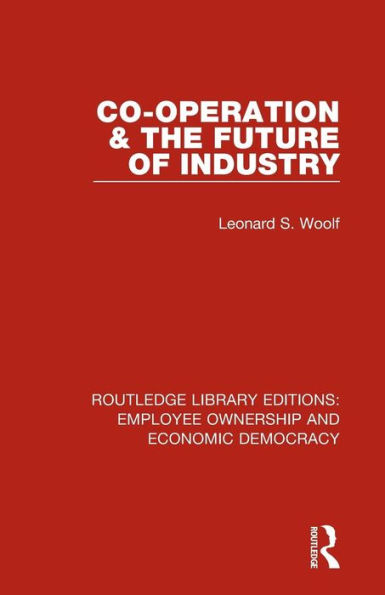Home
The Newly Industrializing Economies of Asia: Prospects of Co-operation


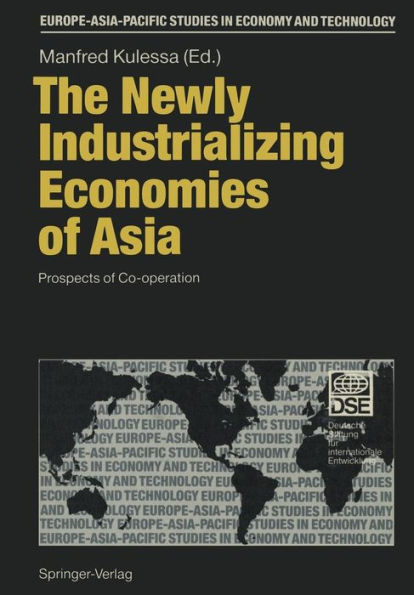
The Newly Industrializing Economies of Asia: Prospects of Co-operation
Current price: $109.99
Loading Inventory...
Size: OS
Where development is concerned, our language and perhaps our way of thinking often ap pear somewhat distorted. If anything, the Asian economies with their most impressive and dynamic growth should logically be called developing countries. Instead, we call them threshold countries, newly industrializing countries (NICs) or newly industrializing eco nomies (NIEs), the latter term taking into account the Chinese argument that Hong Kong and Taiwan should not be considered countries. During the eighties, when Latin American NICs became the main victims of the debt crisis, the NIEs of East Asia (EANIEs), the little tigers or dragons, presented most impres sive examples of growth through orientation to world trade, fitting well into the Japanese 'flying-geese' concept. Naturally, questions were raised as to the reasons for this success, the lessons other countries could draw from it, and the outlook for the future. At the same time, the establis hed industrial countries wanted to know what NIE competition might mean for them. In 1988, the OECD published a study entitled "The NIEs -Challenge and Opportunity for OECD Industries". The NIBs had become a fashionable object of research and debate. In Western Europe, where countries are preparing for a period offurtherintegration and East-West cooperation, it seems worth-while to also consider the role of the EANIEs and the options for cooperation they represent. Moreover, the NIEs themselves are following development in Europe with some concern and are trying to adjust to the new situation as it emerges.
